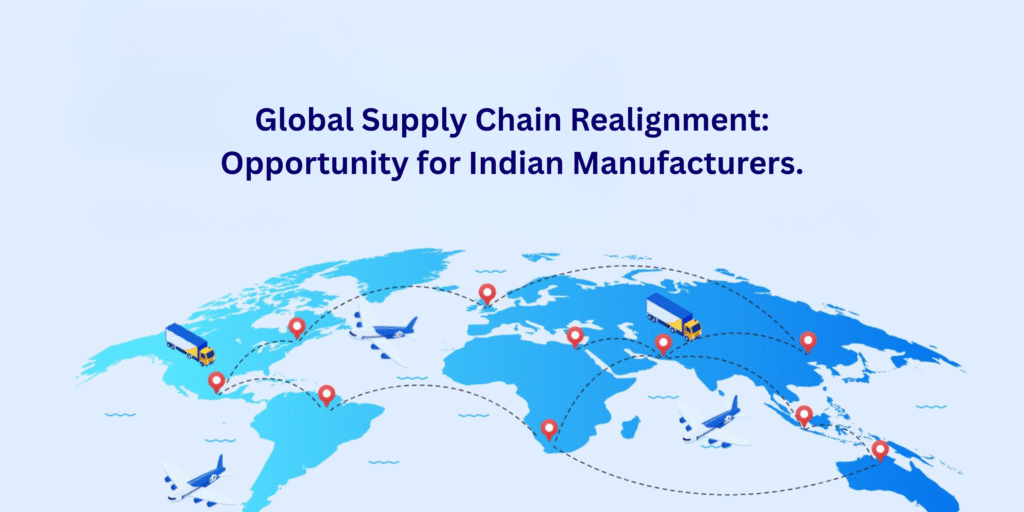
As the world’s supply chains are being transformed by a seismic wave of geopolitical tensions, post-COVID recovery, and the quest for resilience, India is becoming an ideal hub for manufacturers looking to diversify from China.
The “China Plus One” approach, combined with India’s strong reforms and expanding industrial base, is opening up unparalleled opportunities for Indian manufacturers to gain a greater pie of world markets.
Yet, infrastructure deficiencies and regulatory complexities need to be overcome to be able to take the full benefit of this shift.
The COVID-19 crisis laid bare weaknesses in international supply chains, especially overdependence on China, leading enterprises to pursue diversification.
A 2020 report from KPMG noted the trend towards a “China + N” model where companies keep operations going in China while adding countries such as India for risk diversification. India’s attractions include its vast workforce, competitive prices, and geostrategic position for global trade corridors.
With a forecasted GDP growth of 8.4% in 2024, India is the world’s fastest-growing large economy, and it is attracting behemoths such as Apple, Walmart, and Cisco to increase manufacturing scale.
Main industries are manufacturing industries, and they are going to benefit heavily.
India’s pharma industry, the third-largest in the world by volume, provides 62% of the world’s vaccines and 57% of WHO-prequalified active pharmaceutical ingredients (APIs).
Its capacity to produce quality generics at 33% lower prices than in the U.S. positions it as a leading player in international pharma supply chains. India’s chemical industry, which is expected to grow to $160 billion by 2025 with a 7-8% CAGR, is driven by increased exports to the EU and the U.S.
The auto industry, aiming for threefold growth in the Automotive Mission Plan 2016-26, is also picking up steam, with Tata Motors and Maruti Suzuki among others using India’s auto-component base for exports.
There is government support behind the opportunity. The ‘Make in India’ initiative, initiated in 2014, encourages manufacturing in 25 sectors, assisted by the Production-Linked Incentive scheme, which has released $27 billion to promote electronics, pharmaceuticals, and textile industries.
